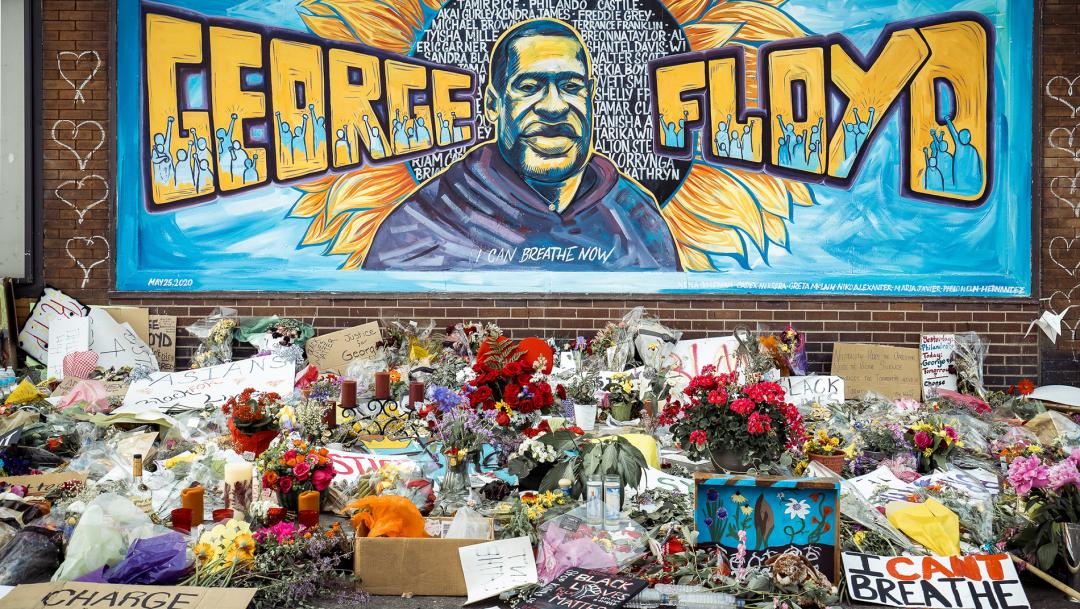
Maryland governor calls for investigation improvements
A landmark audit has revealed that 36 deaths in police custody in Maryland were misidentified and should have been called homicides. As a result, Maryland Gov. Wes Moore signed an executive order to enhance accountability and transparency in the investigation of in-custody restraint-related deaths.
 Conducted by William C. Thompson, emeritus professor of criminology, law & society and psychological science, and colleagues, the 70-page report probes the Office of the Chief Medical Examiner's (OCME) practices from 2003-2019. It was initiated in response to concerns raised about former Chief Medical Examiner Dr. David Fowler's testimony in the Derek Chauvin trial, which revealed significant discrepancies in the classification of in-custody deaths.
Conducted by William C. Thompson, emeritus professor of criminology, law & society and psychological science, and colleagues, the 70-page report probes the Office of the Chief Medical Examiner's (OCME) practices from 2003-2019. It was initiated in response to concerns raised about former Chief Medical Examiner Dr. David Fowler's testimony in the Derek Chauvin trial, which revealed significant discrepancies in the classification of in-custody deaths.
In 2021, Chauvin, a white police officer, was convicted for the 2020 murder of George Floyd, a 46-year-old Black man. Chauvin was seen on video pinning Floyd’s neck down on the street with his knee for more than nine minutes. Floyd can be heard saying “I can’t breathe” more than 20 times. The video prompted nationwide protests against police killings and racism.
During Chauvin’s trial, Fowler testified that Floyd’s death resulted from a combination of factors, such that his death was not a homicide but rather was due to “undetermined” causes. The doctor’s testimony raised questions about deaths in police custody and more than 450 medical experts signed a letter addressed to Maryland Attorney General Brian Frosh and others, condemning Fowler’s testimony as showing “obvious bias.” They demanded a “review of all the deaths in custody investigated by Fowler.
Frosh appointed an independent international panel of expert forensic pathologists to do just that. Thompson served as co-chair of the panel that was tasked with designing and conducting the audit.
“We were asked to focus on cases like that of George Floyd, where someone died in police custody while or shortly after being restrained,” Thompson said.
Among the audit’s key findings:
- Case reviewers' opinions differed from OCME's manner determinations in over half of the 87 audit cases.
- 36 cases unanimously deemed homicides by reviewers were classified differently by OCME.
- OCME ruled deaths as homicides less often when the decedent was Black or restrained by police.
- Nearly half of the cases referenced "excited" or "agitated" delirium, a widely rejected concept.
- Case reviewers frequently found OCME's cause and manner of death determinations "not reasonable."
- Deficiencies were noted in OCME's post-mortem examinations and documentation.
“Our findings indicate that concerns about bias are well-founded,” Thompson said. “I expect other states will conduct similar audits and will use our novel investigative procedures as a blueprint for how to study the issue.”
Gov. Moore's executive order takes these actions:
- Directs the Attorney General to review cases from the audit for potential reopening.
- Establishes the Maryland Task Force on In-Custody Restraint-Related Death Investigations.
- Instructs the Maryland Department of Health to review and implement audit recommendations.
- Requires progress reports from the Maryland Department of Health and the OCME.
"This executive order is a crucial step toward rectifying past injustices and ensuring a more transparent, accountable system," Moore said in a statement. "We are committed to implementing the audit's recommendations and setting a new standard for in-custody death investigations."
While classifying a death as a homicide does not necessarily mean that it resulted from misconduct or criminal actions, Thompson and his co-authors of the audit wrote, “neglecting to classify homicides as such effectively discourages — or even prevents — efforts to further investigate the circumstances of the death and make a fair determination of whether any person(s) should be held responsible. Additionally, the systematic undercounting of restraint-related deaths as homicides jeopardizes public health and safety by deflecting attention from dangerous situations, which precludes public officials from raising critical questions about whether some, or even most, of such deaths could have been prevented. Finally, OCME’s persistent misclassification of restraint-related homicides occurring in police custody as non-homicides would have served as a barrier to recognizing and identifying unnecessarily dangerous police practices in the application of restraint, thus depriving law enforcement agencies of opportunities to improve training and prevent future deaths.”
Banner image: George Floyd mural in Minneapolis by Chad Davis
Related News
The Forensic Mind Podcast: Homicide or Not? Inside Maryland’s Controversial Death Investigations
New York Times: 36 Deaths in Police Custody Should Have Been Called Homicides, Report Finds
Washington Post: Autopsies misclassified deaths in police custody that were homicides, Maryland officials say